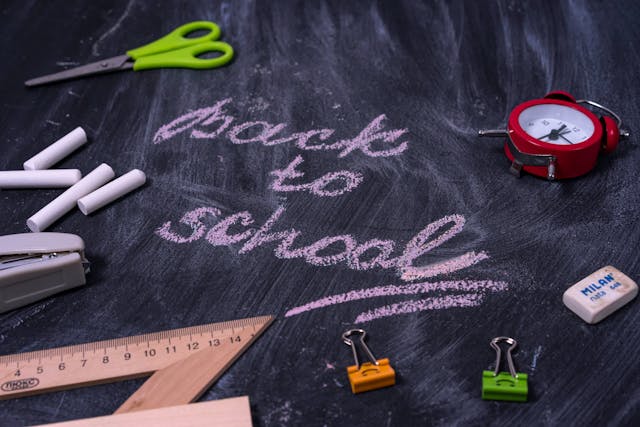
School teachers and administrators have been working hard preparing for the new school year. Some of this work involves outfitting their campuses with the latest and greatest technology — whether it’s new computers for students or new access control security measures — and some of it will be reviewing and implementing new processes for the upcoming year.
Regardless, schools should be taking a hard look at the potential security challenges they might face and how they can best prepare for a safe and successful school year.
Schools Face Evolving Challenges
The first set of challenges comes standard with every school year’s transition from summer to fall: shaking off the cobwebs and getting back into the swing of things.
Educators and administrators need to hit the ground running. The beginning of the school year is when muscle memory matters, and teams must be prepared to re-engage with routine protocols as if they never left. This necessary reinvigoration also helps to address the evolving challenges schools face every year.
New Year, New School Safety Measures
However, just as the challenges are evolving, so are the security measures and technologies available to K-12 districts. Summer vacation and the preparation for a new school year are the best time to renew and update policies, and to install and calibrate new security technology. It’s when schools can take a step back, evaluate what’s worked in the past, and get ahead of potential issues before students return.
Schools should be reviewing data on previous events at this time. It’s a good time to run “what-if” scenarios. It’s also a good time for retrospection, introspection, and projection. What were the close calls last year? What issues might become problems this year? After that review, there are a few specific security technology details that should be addressed: access control, video surveillance with analytics that provide actionable information, and automatic notifications that reach the right parties at the right time.
Where access control is concerned, schools should have the ability to lock every perimeter door and make sure that they really are locked within a matter of seconds. Next, they should have more modern video surveillance cameras that have analytics, which will then lead to the necessary automatic notifications to all relevant parties. These notifications can range from something small, like a camera identifying a door left cracked open to something larger in scale, like a group of students loitering in an off-limits area.
Putting Plans in Place
Even if school campuses have all the security technology in the world, that technology is only as effective as the plans, policies, and lines of communication that support it. The back-to-school season is a good time to work through these policies and practice responses, allowing teams to identify mistakes and trouble spots and work through them in advance.
Any changes to policy should be clearly communicated before the school year starts, ideally with enough time for relevant walkthroughs or exercises. This way, breakdowns in communication during actual security incidents can be avoided. Teachers should know when they have the authority to call for a lockdown, for instance, instead of waiting for an administrator to be off campus.
Delays in critical moments can cost valuable time. Clarity beforehand ensures a faster, more effective response. In-the-moment adrenaline can only be overcome with practice and communication.
Preparation Makes the Difference
The slow summer into a fresh fall allows administrators to put all of those moving parts in order, and make sure the team is ready for whatever may come their way. Make everything clear before a disaster happens, not after. That includes team roles, communication plans, disaster protocols, and training schedules. Don’t assume everyone knows what to do. Verify it through walkthroughs, checklists, and practice.
Source: Campus Safety Magazine
